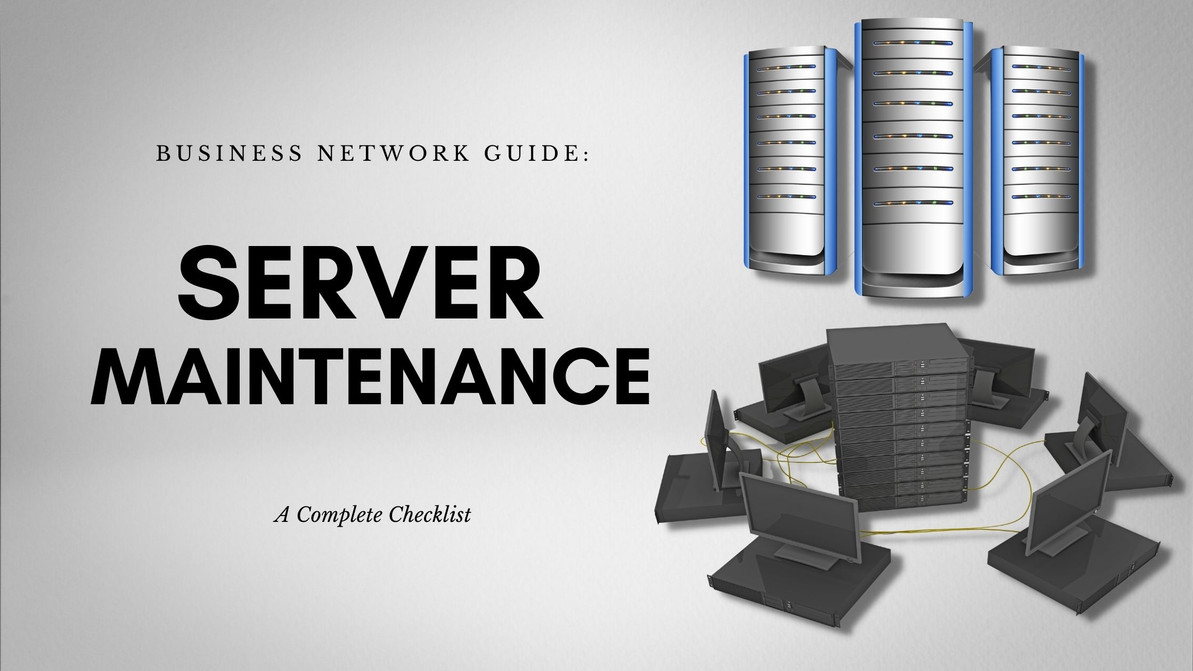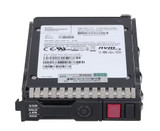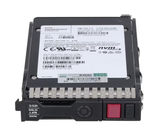Business Network Guide: Server Maintenance Checklist
Running a server can be a tiring job, and maintaining one can be problematic if you do not know the things that you need to take note of. These tips will help you maintain the integrity of your server data.
VALIDATE YOUR BACKUPS
Backups are a copy of data that you can recover in case something goes haywire and starts deleting data that might have been important to your company or business. VALIDATE your data! Make sure that you have the right data backed up, double-check if it is correct and the data is BACKED UP. Trust me, you wouldn’t want your precious data to be corrupted or end up being lost in cyberspace for all eternity.
CHECK YOUR DISKS
Having the habit of checking your disk storage every so often to make sure everything is nice and clean is a great start towards building a healthy server. Stop hoarding! Get rid of any old email, log, and software versions that aren’t being used. Keep the data footprints small, it will make recovery faster.
MONITOR YOUR RAID STATUS
Servers should normally use RAID (Redundant Array of Independent Disks) arrays and so should you, assuming you aren’t using one already. Regardless of the type of RAID you are using, performance-based or redundancy, some modern RAID arrays have an advanced monitoring tool. Make sure to check its status regularly.
UPDATE YOUR CONTROL PANEL
Cpanel (a.k.a Control Panel Software) should be updated manually especially if you are using a hosting Cpanel. In updating the Cpanel, only the control panel is updated which means that you still need to update the applications that you are using manually. In this way, you would be able to keep your system up to date and resolve any issues that are related to hosting.
UPDATE YOUR OPERATING SYSTEM
Patches and updates can help resolve some security issues. Additionally, it can also improve performance and expand functionality. It can be a drag to update your Operating System manually, to overcome this problem, you can resort to automation. Just remember to always monitor updates. If you can’t automate the updates, just make sure to set aside some time to check if there are security updates that might be of use to you.
UPDATE YOUR SOFTWARE APPLICATIONS
Depending on your server’s configuration, you might need to update different software applications. If you are using CMS (Content Management System) or any other open-source program, however, make sure to update your web applications. If you’re required to use older versions of software, just make sure that you don’t accidentally expose what you’re using to an open network.
CHECK YOUR REMOTE MANAGEMENT TOOLS
You can maintain your remote server using a remote console, reboot, and rescue mode; check in on these utilities regularly! Depending on the utility, each remote tool serves a different function, hence their names. The remote console allows the user to log in to the server remotely, meaning you’re not there physically. We don’t need to explain what the reboot does, as its use is on the name of the tool itself. Rescue mode, on the other hand, is used to modify problems in the configuration files, essentially it’s for repairs.
Recent Posts
-
Powering the Future: The HPE 1.6TB NVMe U.3 SSD – A Speed Symphony for ProLiant Gen10 Servers
Unleashing Speed and Reliability: Exploring the HPE 1.6TB NVMe U.3 PCIe SSD for ProLiant Gen10 …Apr 10th 2025 -
Quantum Leap in Storage: The HPE 1.6TB NVMe U.3 PCIe SSD – Fueling ProLiant Gen10’s Cosmic Performance
HPE 1.6TB NVMe U.3 PCIe SSD: A Deep Dive into Mainstream Performance for ProLiant Gen10 S …Apr 9th 2025 -
Unleashing Storage Synergy: Exploring the HPE 1.6TB SAS-12Gbps Mixed Use SSD in the MSA 1040/2040 SAN Ecosystem
HPE 1.6TB 2.5-inch Small Form Factor SAS-12Gbps Mixed Use Solid State Drive for Modular S …Apr 8th 2025




